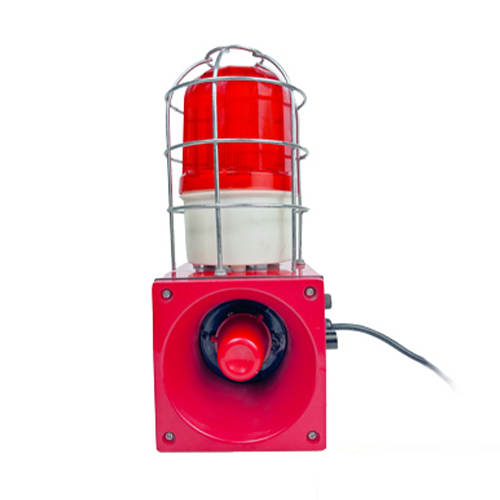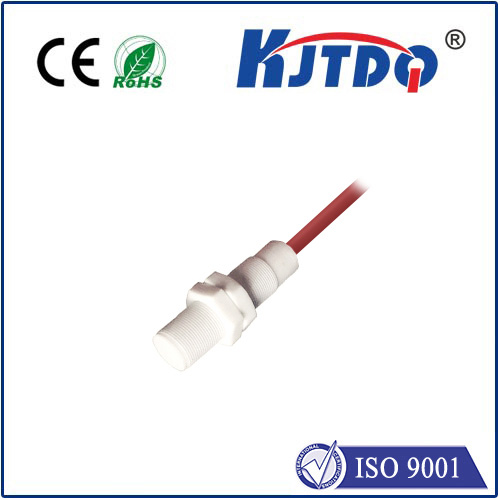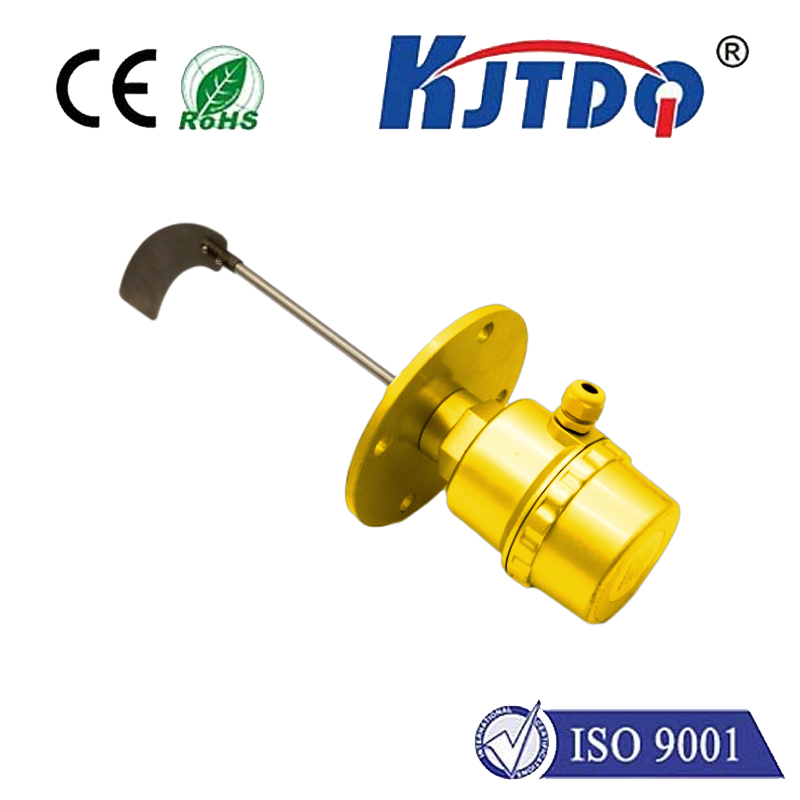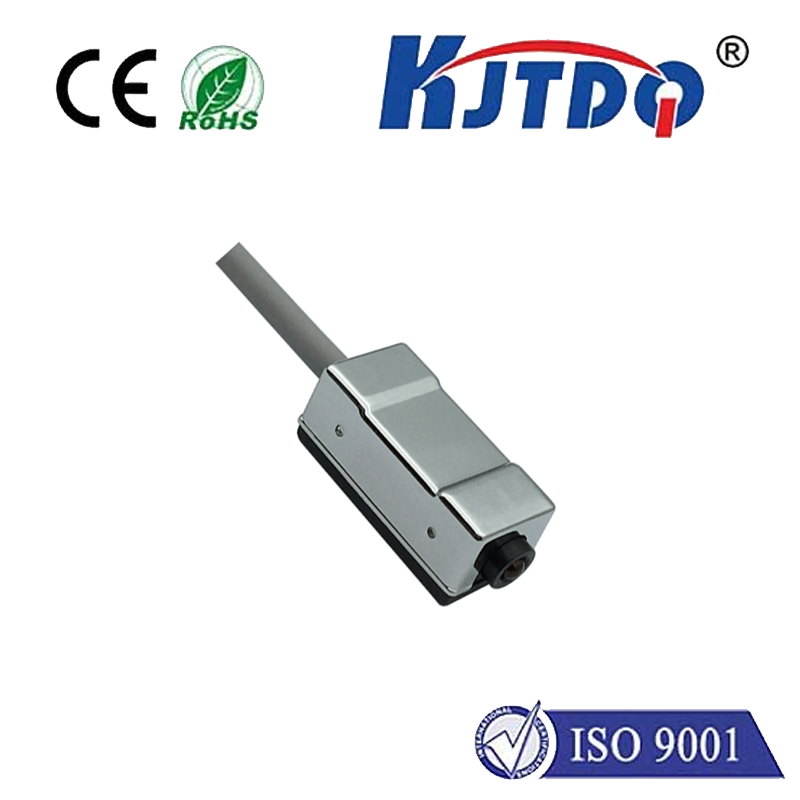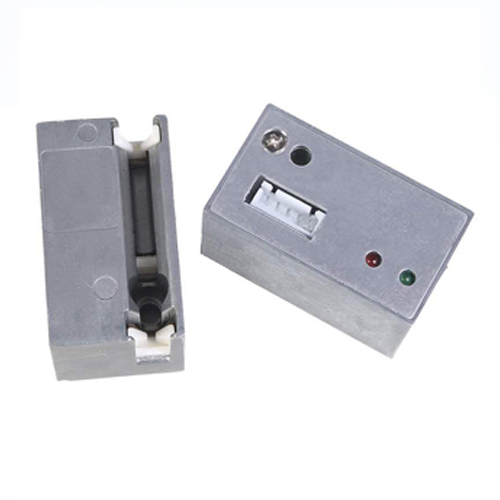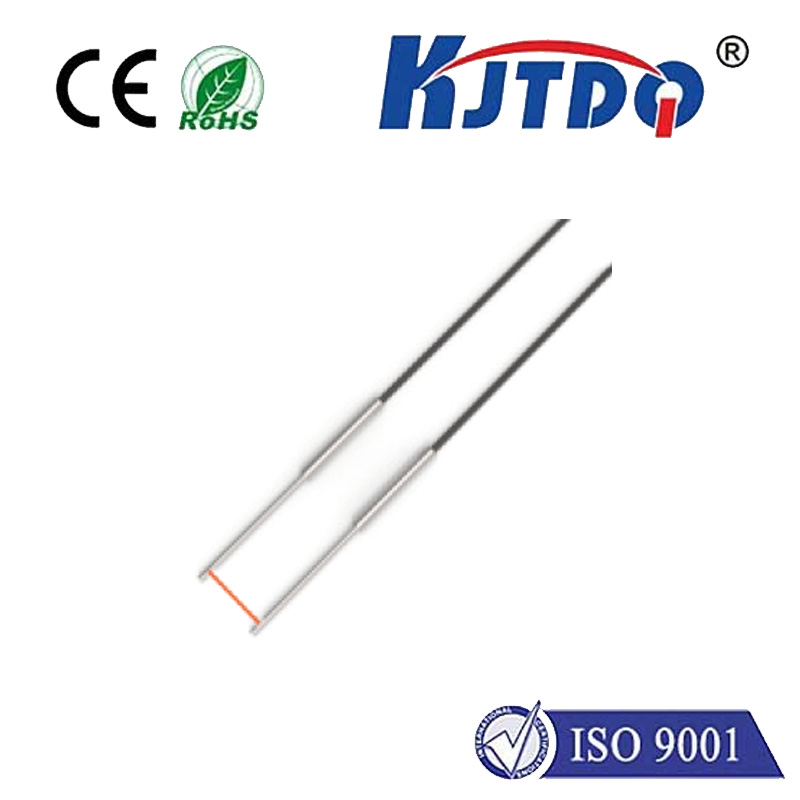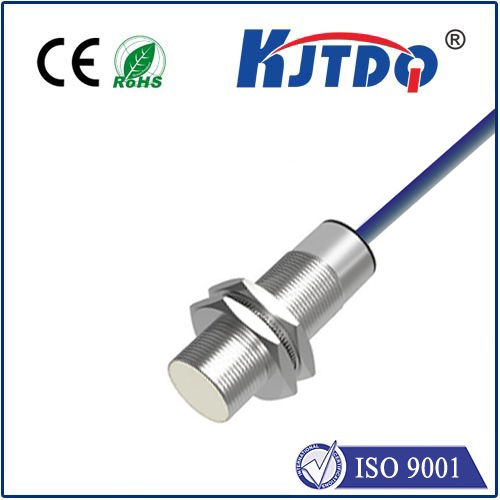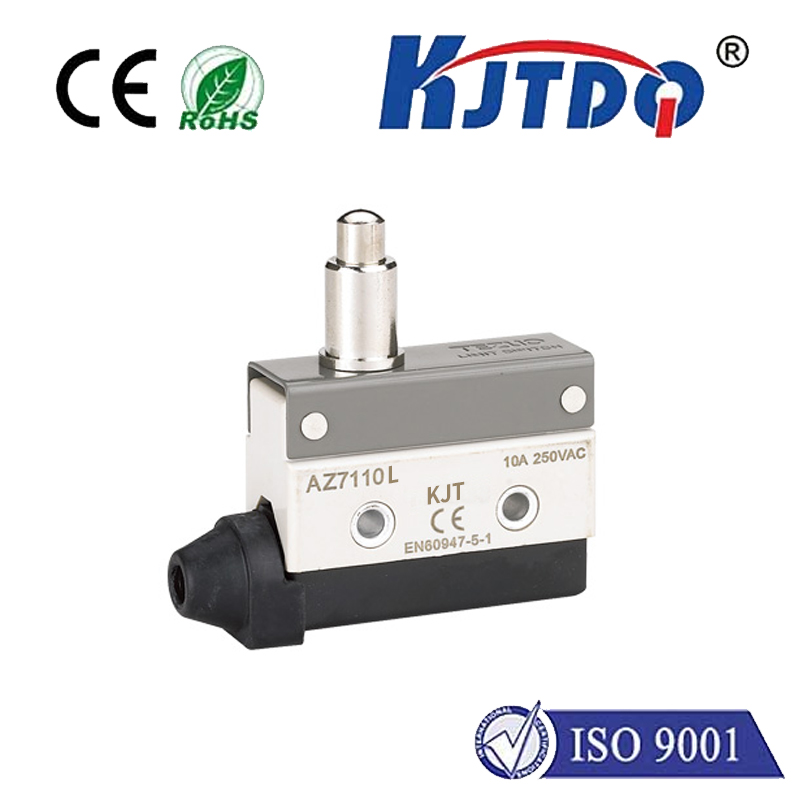optical sensor working principle
- time:2025-08-15 01:08:42
- Click:0
Light at Work: Demystifying the Core Principles of Optical Sensors
Imagine a world where light becomes the silent translator between the physical and the digital. This is the fundamental reality enabled by optical sensors. From the automatic doors that welcome you into a store, to the camera capturing cherished moments, to the sophisticated machines ensuring quality on factory floors, optical sensors are ubiquitous, translating variations in light into the electronic signals that drive our modern world. But how exactly do these remarkable devices achieve this? Let’s illuminate the core optical sensor working principle.
The Foundation: Light as Information Carrier
At its heart, an optical sensor operates on a surprisingly elegant concept: it detects changes in a property of light and converts that change into an electrical signal. This process hinges on the interaction between light and matter. The key properties of light exploited include:
- Intensity: How bright or dim the light is.
- Phase: The position of a point within a wave cycle (crucial in interferometry).
- Wavelength/Spectrum: The color or energy distribution of the light.
- Polarization: The orientation of the light waves’ oscillations.
- Time-of-Flight (ToF): How long it takes light to travel a distance.
Changes in these properties can occur due to numerous physical influences – an object blocking the light path (intensity change), movement causing a Doppler shift (wavelength change), strain altering light path length (phase change), or specific chemicals absorbing certain colors (spectral change).
The Essential Building Blocks: Source, Path, Detector

Every optical sensor system, regardless of its specific function, fundamentally comprises three core components working in concert:
- The Light Source: This is the originator of the optical signal. Common sources include:
- Light Emitting Diodes (LEDs): Inexpensive, robust, fast-switching, available in various wavelengths (Visible, IR, UV). Ideal for proximity sensors, encoders, basic photoelectric sensors.
- Laser Diodes: Produce intense, coherent, highly directional beams. Essential for precision distance measurement (LiDAR, ToF), barcode scanning, fiber optic sensors, and high-resolution imaging.
- Ambient Light: Utilized in sensors designed to measure environmental light levels (e.g., automatic brightness control in displays).
- The Optical Path & Interaction Region: This is the physical space or medium where light travels and interacts with the target or environment. This interaction is what modulates the light property being sensed. It could involve:
- Transmission through a medium (e.g., gas, liquid).
- Reflection off a surface (diffuse or specular).
- Scattering by particles or rough surfaces.
- Absorption by specific molecules or materials.
- Refraction or diffraction at boundaries.
- Interference patterns.
- Simply the direct path from source to detector being blocked.
The design of this path and the nature of the interaction define the sensing modality (e.g., reflective, transmissive, diffuse).
- The Photodetector: This is the critical component that converts photons (light particles) into electrons (electric current). It acts as the translator. Key types include:
- Photodiodes: The most common. Made of semiconductor materials (like silicon or InGaAs), they generate a current proportional to the intensity of incident light when biased correctly. Fast, compact, and reliable.
- Phototransistors: Similar to photodiodes but offer internal gain, providing a larger output current for a given light level, though potentially slower. Good for simpler on/off detection.
- Photoresistors (LDRs - Light Dependent Resistors): Change their electrical resistance based on light intensity. Simpler but slower and less linear than photodiodes.
- Charge-Coupled Devices (CCDs) & Complementary Metal-Oxide-Semiconductor (CMOS) Sensors: Arrays of photosensitive pixels, primarily used for capturing images where spatial resolution is key.
- Avalanche Photodiodes (APDs) & Photomultiplier Tubes (PMTs): Used for detecting extremely low light levels (single photons), providing very high internal gain.
The Core Sensing Mechanisms: How Light Modulation Becomes Signal
Understanding the interaction leading to light modulation is crucial. Here are some primary sensing principle approaches:
- Intensity Modulation: This is the most straightforward method. The target measurand directly affects the amount of light reaching the detector.
- Direct Obstruction/Break-Beam (Transmissive): An object physically blocks the light beam between a separate source and detector. Used in object counting, safety curtains.
- Reflective: Light bounces off the target object back towards a detector. Distance, presence, surface properties (color, reflectivity) can be inferred based on the intensity of the returned light. Common in proximity sensors, liquid level detection, basic surface inspection.
- Diffuse Reflection: Similar to reflective, but relies on light scattering off a non-shiny surface. The sensor often houses source and detector together. Used for proximity detection when precise reflection isn’t needed.
- Attenuation: A property of the medium itself (e.g., smoke, turbidity in water, chemical concentration) reduces light intensity as it passes through. The Beer-Lambert law often governs this.
Phase Modulation & Interferometry: Exploits the wave nature of light. Changes in the optical path length (caused by displacement, strain, refractive index changes, vibration) alter the phase of the light wave. By interfering this wave with a reference wave (often using a device like a Mach-Zehnder or Michelson interferometer), highly precise measurements of displacement, pressure, temperature, or vibration can be achieved. This is the principle behind many high-precision fiber optic sensors.
Spectral Modulation: The target measurand selectively absorbs, emits, or scatters specific wavelengths of light.
- Absorption Spectroscopy: Analyzes which wavelengths are absorbed by a sample (e.g., gas composition, liquid concentration). Requires a broadband light source or tunable laser and a spectrometer.
- Fluorescence/Emission Spectroscopy: The target absorbs light at one wavelength and emits it at a longer wavelength. Detecting this emitted light reveals specific molecules or conditions.
- Reflectance Spectroscopy: Analyzing the spectrum of light reflected from a surface identifies material composition, color, or biological properties. Used in agriculture, quality control, medical diagnostics.
Time-of-Flight (ToF): Measures the time delay between emitting a light pulse and receiving its reflection. Since the speed of light is a known constant, this delay directly translates into distance. Used extensively in LiDAR for autonomous vehicles, 3D scanning, gesture recognition, and proximity sensing.
Polarization Modulation: Measures changes in the polarization state of light after interaction with a target. Useful for analyzing stress in materials, surface conditions, and biological samples.
Signal Processing: From Raw Signal to Useful Data
The raw electrical output from the photodetector (a tiny current or voltage change) is rarely useful by itself. Sophisticated electronics are integral to the optical sensor system:
- Amplification: Boosts the weak detector signal to a usable level.
- Filtering: Removes unwanted electrical noise (from power lines, other sensors) and sometimes ambient light interference.
- Modulation/Demodulation: Many sensors modulate the light source at a specific frequency and then demodulate the detector output. This significantly improves signal-to-noise ratio by rejecting constant ambient light and low-frequency noise.
- Analog-to-Digital Conversion (ADC): Converts the processed analog signal into digital data for further computation and analysis by a












